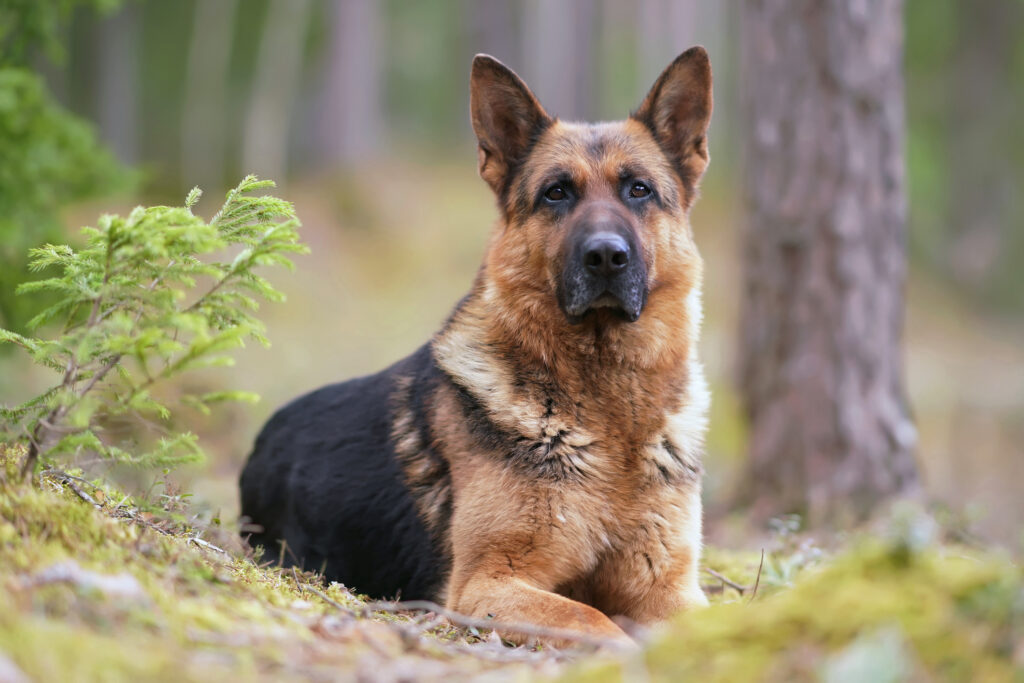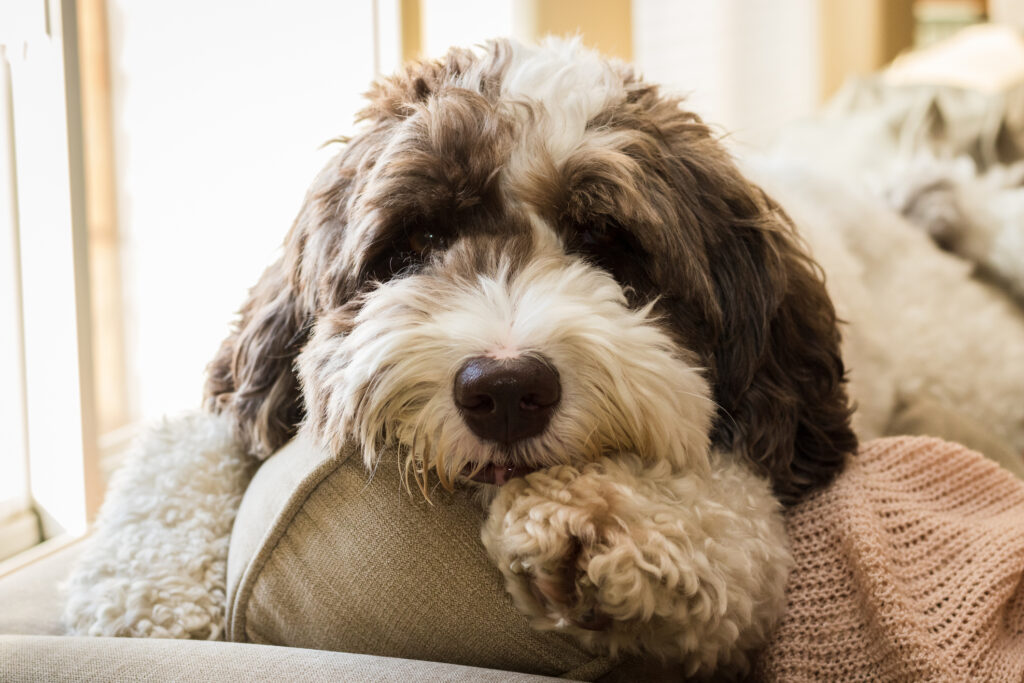Did you want to know why dog breeds were bred to do a specific task? And when did this start? The exact timeline when dog breeds began is unknown, but we do know it’s been going on for thousands of years. Through centuries of selective breeding, dog breeds were created to emphasize specific physical and behavioral traits that suit a particular role or purpose. Let’s dive into this process and how it shaped the diverse and fascinating breeds we know today.
Dog Breeding Began with a Purpose
Early humans, through observation, identified specific traits in certain dogs that made them particularly adept at hunting, herding, or guarding. Years passed, and these traits became the foundation for developing distinct breeds. Here’s an example: agile and strong dogs with strong prey drives became hunting dogs like pointers and retrievers. Mastiffs or German Shepherds evolved into protective breeds bred to guard homes and livestock.

Selective Breeding: Refining the Ideal Traits
The foundation of selective dog breeding is about pairing dogs that display desired traits and fostering those qualities in future generations. For example, if a breeder wants a dog with a keen nose for scent detection, they might breed two dogs that excel in this area. Over many generations, this careful selection process can refine a breed’s skills, appearance, and even temperament. Breeders document bloodlines and analyze each dog’s strengths and weaknesses to maintain or improve these traits while avoiding genetic issues.
Breed Standards: The Role of Kennel Clubs
Breed standards describe a breed’s ideal physical traits and temperament. Organizations like the American Kennel Club (AKC) and the Kennel Club in the UK have formalized these standards to ensure consistency and quality in breeding practices. Breed standards help define a dog’s physical characteristics—such as size, coat type, and color—and temperament, making it easier for potential owners to understand a breed’s suitability as a pet or working dog.
Modern Breeding and Hybridization
Today, breeders are in the crossbreeding world, creating unique hybrids like the Labradoodle (Labrador and Poodle). This popular mix is bred to combine the best qualities of each breed, offering a fascinating blend of the hypoallergenic coat of a Poodle with the Labrador’s friendly nature. This trend not only adds diversity to the gene pool but also piques our curiosity about the endless possibilities of mixed breeds.
Challenges and Ethical Considerations
Modern breeders must balance desired traits with health and genetic diversity. Some breeds with very specific physical traits, like the English bulldog’s short snout, face health risks due to limited gene pools or exaggerations of certain features. Ethical breeding standards prioritize the health of their dogs by using genetic testing and choosing breeding pairs that minimize health risks and maximize the quality of life for their dogs.

Each Dog Breed Represents a Legacy
The creation of dog breeds is a fascinating blend of art and science, one that requires expertise, patience, and a commitment to preserving the best qualities of each breed. The work done by breeders, and overseen by organizations like the AKC, ensures that each breed maintains its unique character while remaining healthy and happy.
The Perfect Balance: Adoption First, Responsible Breeding Second
Choosing adoption first not only helps a dog in need but also supports ethical practices within the pet community. Adopting makes a significant difference in a dog’s life, demonstrating that every dog deserves a loving home, regardless of its breed or origin. Your choice to adopt is not just a personal decision but a significant step towards making a meaningful impact. Whether you bring home a mixed-breed or a purebred, your choice to adopt is a win for dogs everywhere, and it’s a decision that can inspire others to do the same.